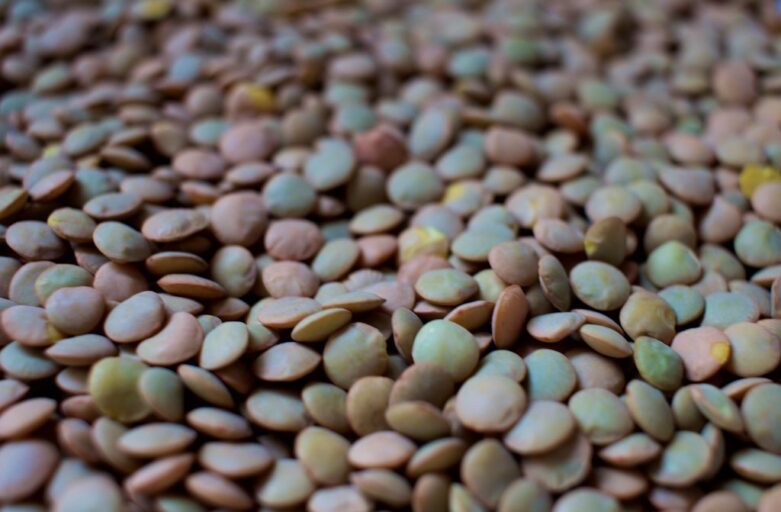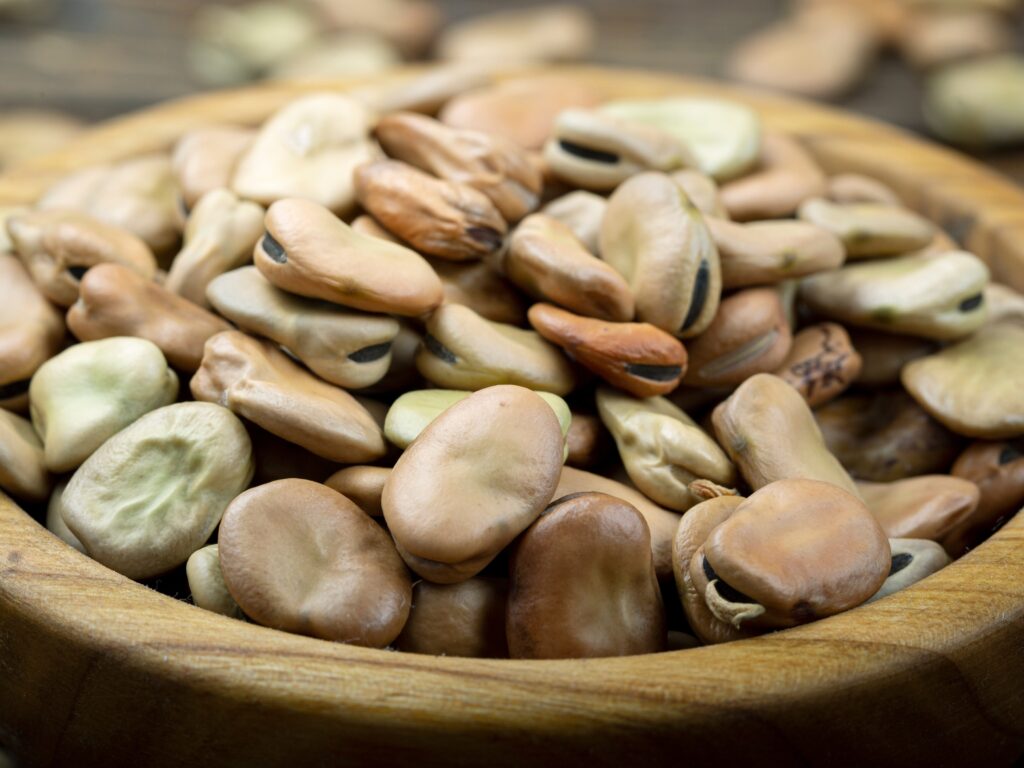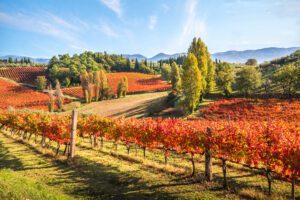In the upland of Castelluccio di Norcia, the lentil, also called lenta by the nursini (the local inhabitants), is the protagonist of the culinary culture. Together with the ham of Norcia, it is one of the local products protected by the IGP (PGI – Protected Geographical Indication) label from 1997.
The lentil, originally from Minor Asia, is one of the most known and widely used products in the world. It has arrived in Umbria where it has always been considered one of the most important foods and it has also been called the “meat of poor people”. In some neolithic graves discovered in the area of Norcia, traces of lentils have been found, showing the presence of this food already in 3000 B.C.
The production between Umbria and Marche
The municipalities of Norcia, in the province of Perugia, and Castel Sant’Angelo sul Nera, in the province of Macerata (in the Marche region), are both within the area of the Sibillini Mountains National Park and are the only two municipalities where the lentil of Castelluccio di Norcia is produced. It is obtained by plants of little dimension, from 20 to 40 centimetres high, that bloom between May and July. In June and July, the plain of Castelluccio di Norcia is covered with bright colours and inebriating perfumes, creating a unique sight that every year attracts millions of tourists. This natural event is also known as the “flowering of Castelluccio”.
A traditional cultivation process
The cultivation process, of a traditional type, has been used for hundreds of years. At the beginning of the spring, the land ploughing and harrowing take place; from mid-May to mid-July, plant flowering generally takes place. Atmospheric events, such as the high rain frequency or the earlier arrival of cold winter, shorten the growth period of the lentil and force farmers to proceed with the threshing phase by the end of August. The cut plants are left dry in the field, then gathered, arranged in a row and threshed in the farmyard for the extraction of seeds. These latter are very small, plat, with a rounded shape; the colour changes from green to light brown.
The lentil as a symbol of good omen
The lentil can only be eaten after cooking; for this reason, it is excellent for making both first and second courses. Due to its ability to keep cooking, it is especially suitable for the preparation of soups or pasta. With the zampone (stuffed pig's trotter) and a slice of toasted bread with the DOP extra virgin olive oil, lentils are eaten on the first day of the year. In fact, according to tradition, they are a symbol of good omen.
Vivi l’Umbria insieme ai suoi protagonisti
Percorsi ed esperienze da scoprire per un’immersione nella cultura, nella natura e nei sapori umbri













